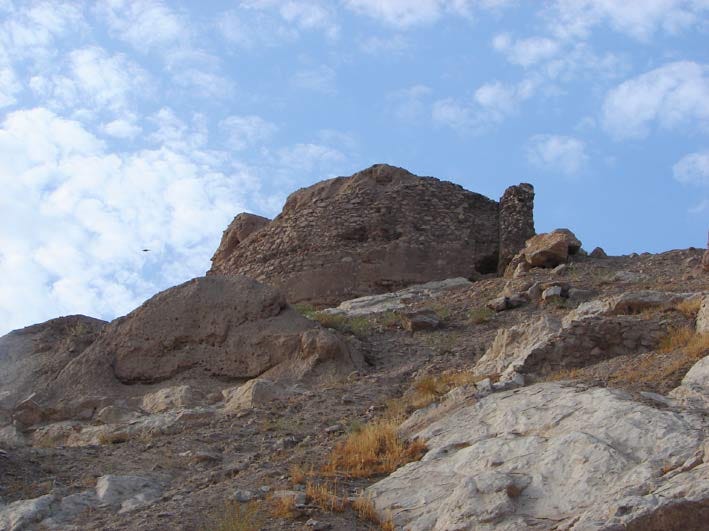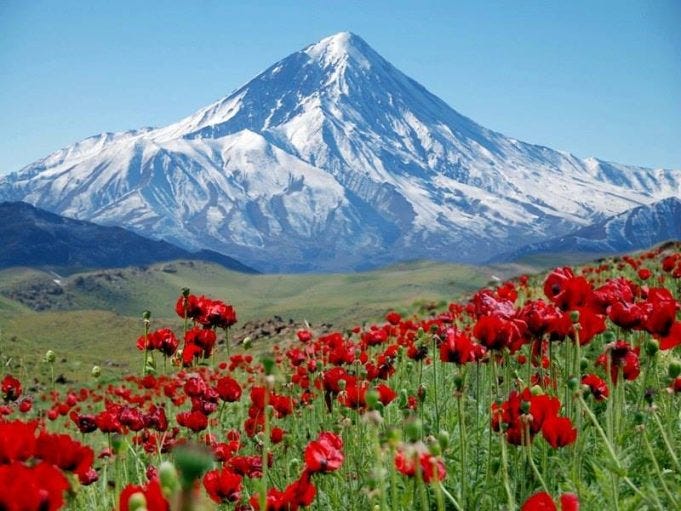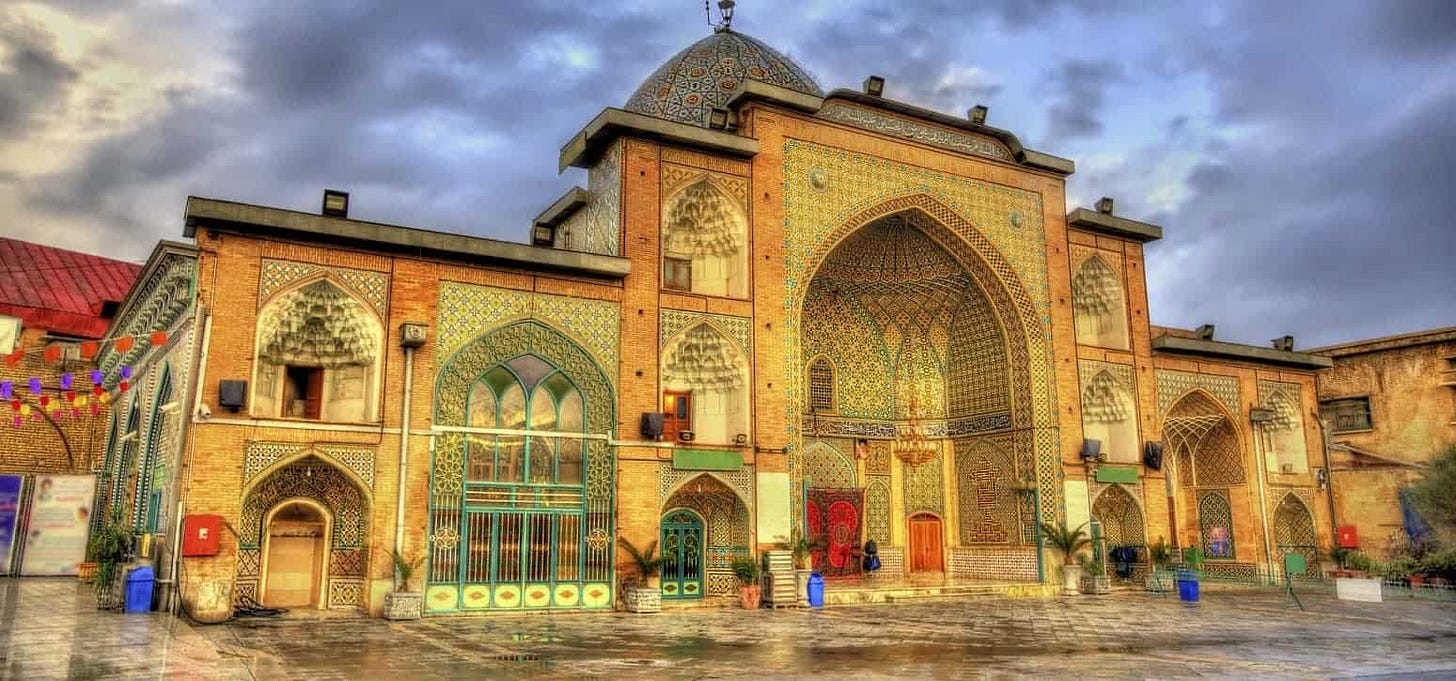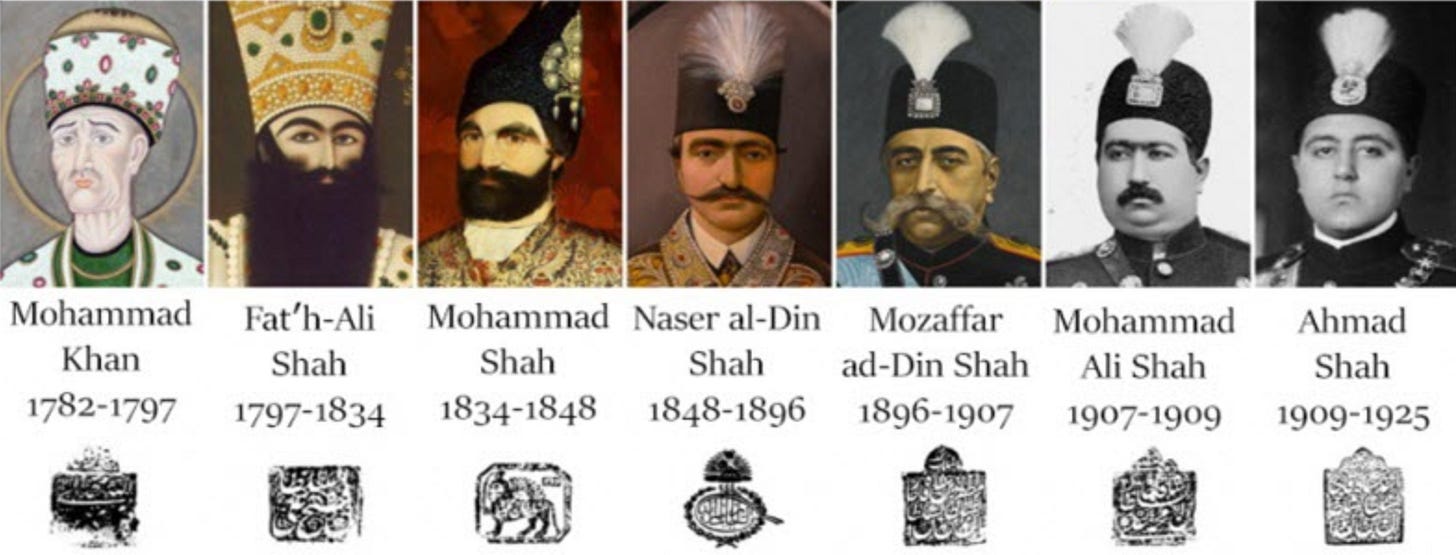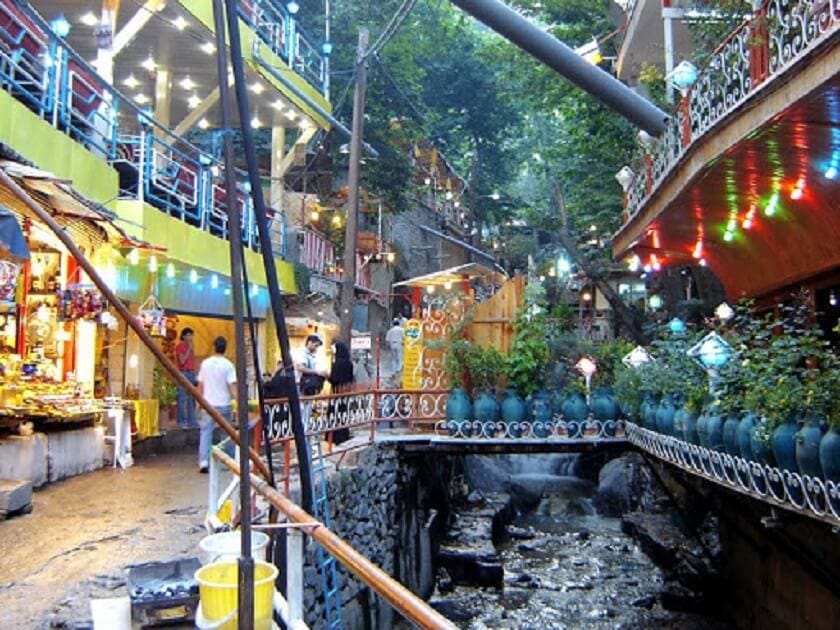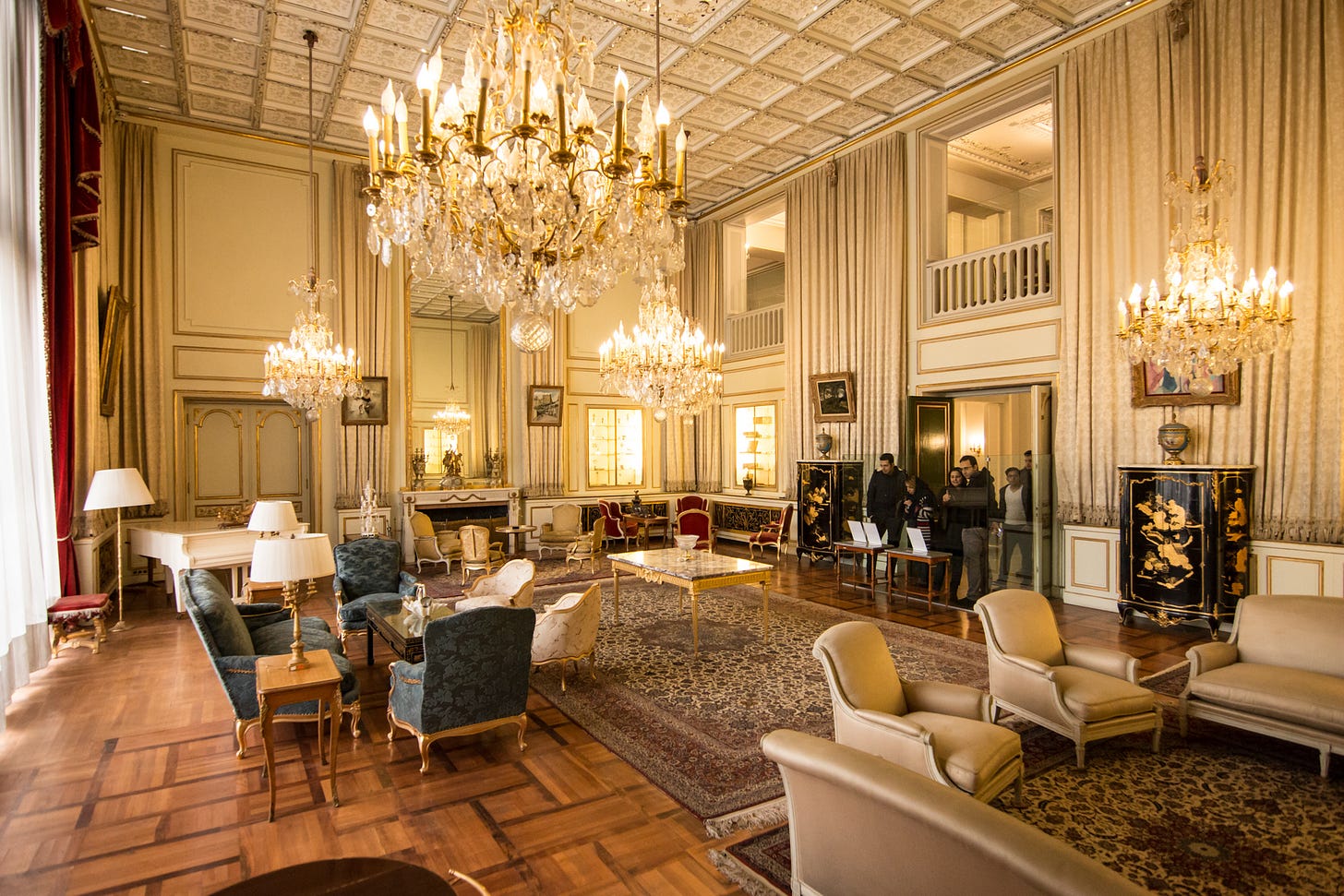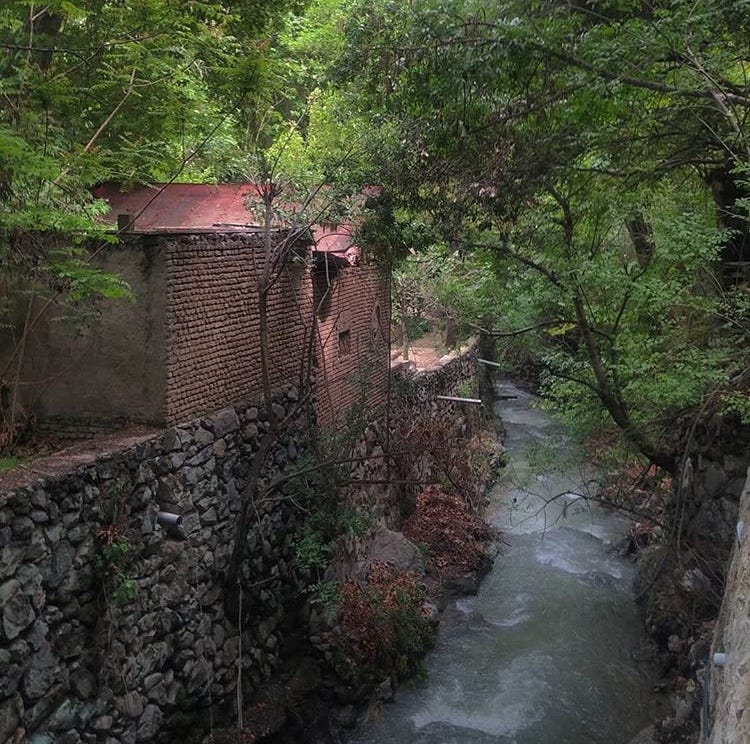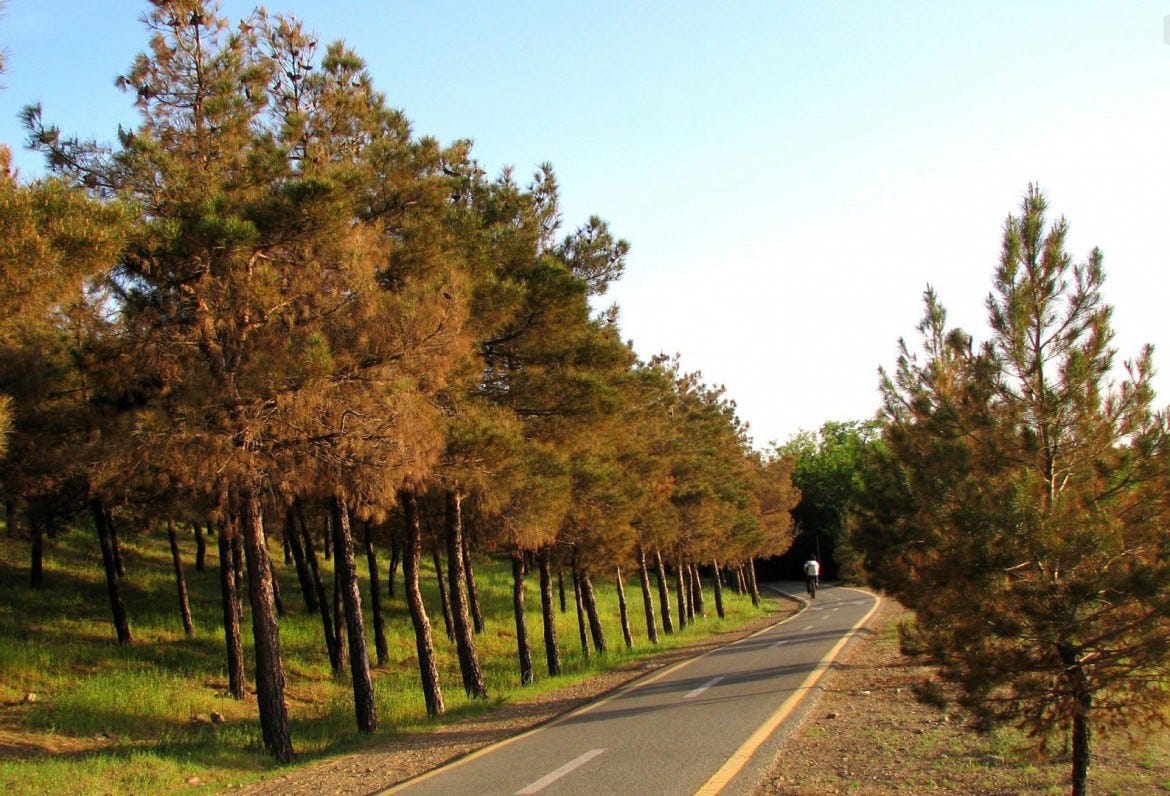Hidden Gems and History of Tehran
A brief look at the city I was born and reared in.
The city of Tehran is the capital and largest city of Iran. It was first mentioned in historical accounts in an 11th-century chronicle as a small village north of the city of Ray (historically known as Rhagae), which had signs of settlement dating back to 6000 BCE.
In 1789, Tehran was chosen as the capital of Iran by Agha Mohammad Khan of the Qajar dynasty. It was located near Iran's territories in the Caucasus and close to then-separated Iran. It replaced Shiraz as the capital of Iran. Over the years, Tehran grew from a small village to a major metropolis and is now home to a population of around 9 million in the city and 16 million in the wider metropolitan area.
The city's history is marked by the transformation brought about by various rulers. Agha Mohammed Khan was enthroned in Tehran in 1796, and his successor, Path Ali Shah (1797-1833), continued to develop the town and had the Shah’s Mosque built. Nasereddin (1848-1896) later enlarged the walls and commissioned the Sepahsalar Mosque.

Tehran is located to the south of the Alborz Mountain Range and has a main language of Farsi with a Tehrani accent. The northern parts of the city are colder than the southern districts, which are closer to the central and warmer parts of Iran.
The city of Tehran has a rich history, with numerous historical sites, museums, and monuments, such as the National Museum of Iran, which features items from the length and breadth of Iranian history, including Stone Age tools, primitive art, decorated capitals from Persepolis, coins, and pottery. The building, designed in the early 20th century, is one of Tehran's more interesting modern constructions.
Tehran is located in the historical Media region in northwestern Iran. It was once a suburb of the prominent Median city of Rhages. In ancient times, Rhages was considered a sacred place and mentioned in the Avesta's Videvdat and Old Persian inscriptions. Some Middle Persian texts claim that Rhages was the birthplace of Zoroaster. Mount Damavand, located near Tehran, is an important location in Iranian epic poetry and has been referenced as the birthplace of several mythical figures.
Medieval Tehran
In 641 AD, during the reign of the Sasanian Empire, the last appeal was issued by Yazdgerd III from Rhages before he fled to Khorasan. The city was dominated by the Parthian House of Mihran and resisted the 7th-century Muslim invasion. However, when the Arabs captured Rhages, they ordered the city to be destroyed and rebuilt. In the 9th century, Tehran was a well-known village but less so than the nearby city of Rhages. The city was invaded by Oghuz Turks in 1035 and 1042 but was recovered under the Seljuks and the Khwarezmians. The city was laid to ruins, and its population was massacred by the Mongols in the 13th century, causing others to flee to Tehran. In 1404, Tehran was described by the Castilian ambassador as an unwalled region during his journey to Samarkand.
The Beginnings of Modernity
In the 17th century, travelers such as Pietro della Valle and Thomas Herbert passed through Tehran, which was described as having around 3,000 houses. In the 18th century, Karim Khan of the Zand dynasty built a palace and government office in Tehran, but eventually moved his government to Shiraz. Agha Mohammad Khan of the Qajar dynasty chose Tehran as the capital of Iran in 1786 for its strategic location and lack of a substantial urban structure, which minimized the chances of resistance to his rule. After 50 years of Qajar rule, the city had a population of 80,000 and consisted of a walled citadel, a roofed bazaar, and three main neighborhoods. The first development plan in 1855 emphasized traditional spatial structure, while the second in 1878 included new city walls in the form of an octagon with an area of 19 square kilometers, mimicking European cities. By that time, Tehran had expanded to 19.79 square kilometers.
In the early 20th century, Iran underwent a Constitutional Revolution, and the first constitution of Iran was established in 1906. The parliament passed a law on local governance, known as the Baladie, in 1907, but the Qajar monarch abolished it in 1908. Revolutionary forces captured the city in 1909, and the parliament was re-established. After World War I, Reza Shah of the Pahlavi dynasty was elected as the new monarch. He suspended the Baladie law, replacing the city councils with centralist approaches to governance and planning. The city underwent major changes in the 1920s and 1930s, including the demolition of old buildings, the widening of streets, and the creation of a network for easy transportation. During World War II, Tehran was entered by Soviet and British troops and was the site of the Tehran Conference attended by U.S. President Franklin D. Roosevelt, Soviet Premier Joseph Stalin, and British Prime Minister Winston Churchill.

In the 1960s and 1970s, Tehran underwent rapid development under the rule of Mohammad Reza Shah. The city underwent major transformations by constructing modern buildings and implementing ambitious projects. A comprehensive plan was approved in 1968 to address social exclusion, with the main issues being high-density suburbs, pollution, poor infrastructure, unemployment, and rural-urban migration. However, the plan was marginalized after the 1979 Revolution and the Iran-Iraq War. During the war, Tehran was targeted by airstrikes and Scud missile attacks. In the post-war period, iconic structures such as the Azadi Tower and Milad Tower were built, and the Tabiat Bridge was completed in 2014.
Hidden Gems
Tehran is a vibrant metropolis that offers a wealth of cultural, historical, and natural attractions to visitors. While most tourists tend to flock to the city's well-known landmarks and museums, many hidden gems offer an equally rewarding experience for travelers. Here are five secret locations in Tehran that I remember from my childhood there. They are definitely worth exploring.
Darband: This picturesque village in the northern part of Tehran is a popular destination for locals. Nestled in the foothills of the Alborz Mountains, Darband is surrounded by lush green forests and offers a peaceful escape from the bustling city. Visitors can enjoy scenic walks along the trails that lead to the mountain, sample delicious street food, or relax in one of the many traditional tea houses.
Lavasan: This charming town is located on the outskirts of Tehran and is known for its scenic beauty and hot springs. Lavasan is surrounded by rolling hills and is home to numerous springs and natural pools that are said to have therapeutic properties. Visitors can soak in the hot waters, stroll along the scenic roads, or sample local cuisine at one of the many restaurants.
Niavaran Palace: This magnificent palace is in the north of Tehran and is often overlooked. Built-in the 19th century, the palace is a stunning example of traditional Persian architecture and is surrounded by beautiful gardens. Visitors can admire the intricate tilework, the magnificent halls, and the beautiful gardens that make up this palace complex.
Darakeh: This small village is located in the heart of the Alborz Mountains and offers a unique escape from the city. Visitors can hike along the scenic trails, explore the lush forests, or relax in one of the many traditional tea houses. Darakeh is also known for its local cuisine; visitors can sample delicious dishes made from fresh mountain ingredients.
Chitgar Park: This large park is located in the western part of Tehran and is home to a lake, numerous recreational facilities, and a large network of walking and cycling paths. Visitors can enjoy scenic walks along the lake, boating, or simply relax in the park's lush green surroundings.
These are just a few of the many hidden gems that Tehran has to offer, and they offer a glimpse into the diverse and captivating culture of Iran.


